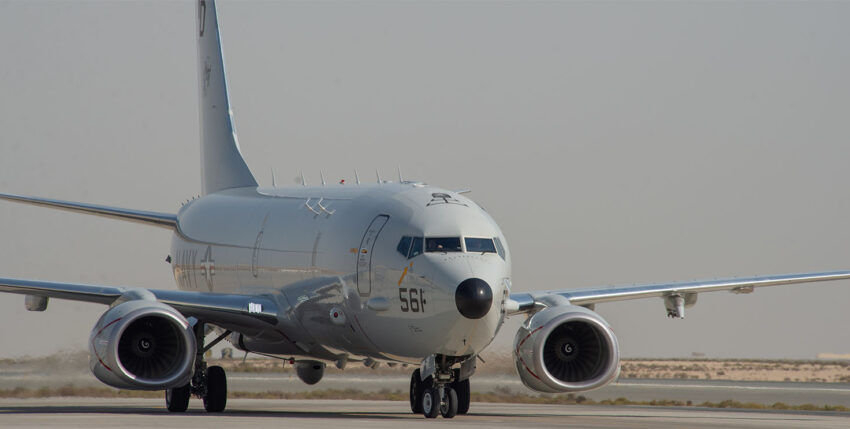The die is cast. The BMVg has decided in favour of the P-8A Poseidon from Boeing to replace the German Navy's ageing P-3C Orion maritime patrol aircraft. A parliamentary referral is to take place before the summer break in order to avoid a looming capability gap at the last minute.
The replacement procurement had become necessary after the ongoing extensive modernisation of the P-3C fleet was halted last year due to escalating costs. The aim of these measures was to extend the service life of the P-3C until the French-German Maritime Airborne Warfare System (MAWS, scheduled for 2035) comes on stream. With the right decision against modernisation, it was clear that the P-3C would no longer be in operation by 2025 at the latest.
The range of tasks of a long-range maritime reconnaissance vessel - submarine hunting, reconnaissance, situation awareness and maritime surveillance - are more in demand than ever today in view of steadily increasing Russian activities in the Baltic Sea and on the northern flank, as well as increasing instability on the EU's wet southern flank in the Mediterranean. A loss of this capability would mean a significant weakening of the navy in terms of national defence. It would also send a disastrous signal to our partners in the EU and NATO, as Germany would once again be unwilling to maintain a capability that is urgently needed within the alliance framework and provide it with budgetary resources.
In view of the already lamentable level of availability of the navy's nominally 8 maritime patrol aircraft, the capability is already limited at best. Due to the urgency of the situation, only a market-available solution could be considered, and the P-8A Poseidon has now prevailed.
Critics of this decision criticise the fact that the planned procurement of 5 P-8As is far more than an interim solution and represents a de facto abandonment of the MAWS project by Germany. They refer to France's offer to provide Germany with 4 modernised Atlantique (ATL2) maritime patrol aircraft as an interim solution, whereby the costs for the system-side modernisation would be borne by Germany. How should this offer be assessed?
The ATL2s on offer are similar in age to the German P-3Cs. Although their systems would be brought up to date, the airframe, i.e. the physical aircraft, is excluded. This means that they would correspond exactly to the current status of the P-3C, which also has modern systems. If the French offer was accepted, 8 old, high-maintenance platforms would be replaced by 4 equivalent ones - so nominally nothing would be gained, but 50% would be lost. In addition, the ATL2 would only be able to survive into 2035 with great difficulty. Experience from previous comparable projects shows that the planned roll-out of MAWS for 2035 seems overly optimistic. At the end of 10 agonisingly long years with predictably limited availability, the next capability gap is looming.
With the P-8A, Germany had a modern, mission-proven maritime reconnaissance aircraft that can easily be operated beyond 2035. The BMVg's decision is therefore strategically, operationally and economically correct and sensible. Furthermore, it is not a nail in the coffin for MAWS, as there is strong political interest in its realisation among all partners.
Text: Johannes Peters; Photo: US Navy
This text was first published in Leinen los! issue 6-2021.











3 responses
It remains to be hoped that the navy will not buy itself the next "problem child".
https://www.dodig.mil/reports.html/Article/2626880/evaluation-of-the-readiness-of-the-us-navys-p-8a-poseidon-aircraft-to-meet-the/
Based on the report you cited, I see no evidence of this. According to the report, the shortfall in the availability rate is due to internal management errors and not to systemic weaknesses in the platform.
Now all that remains is to keep our fingers crossed for the final weeks of the session. At least the matter has finally been decided.